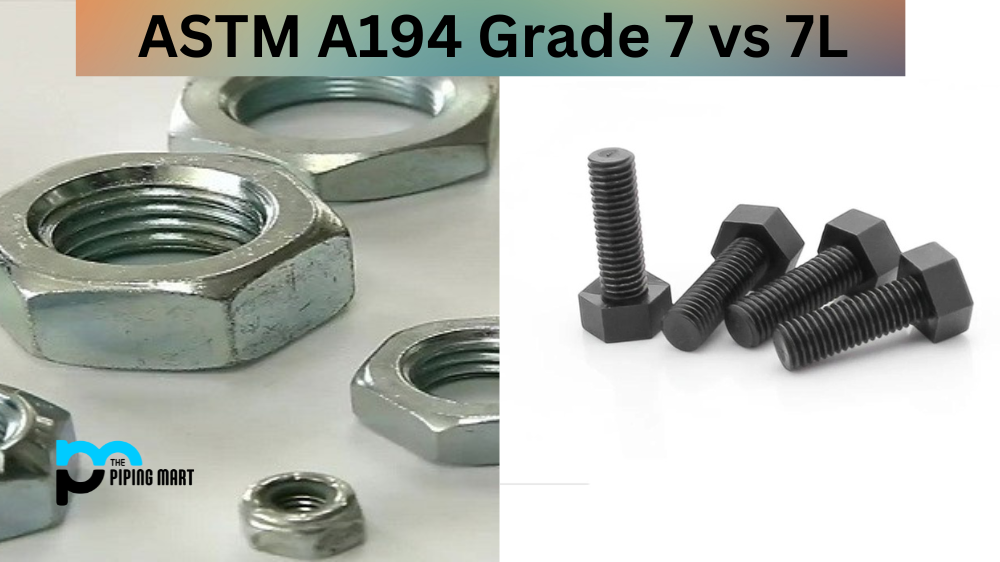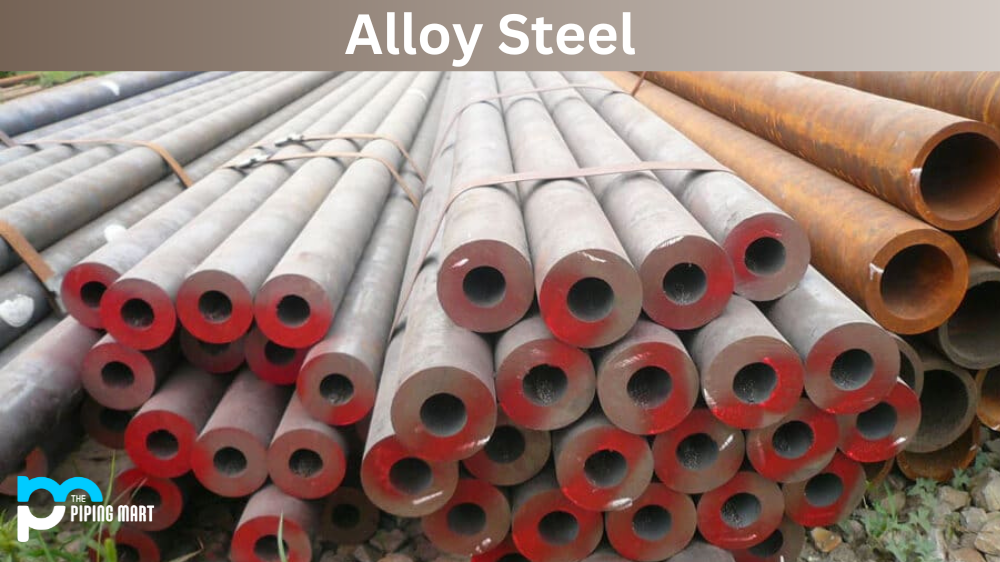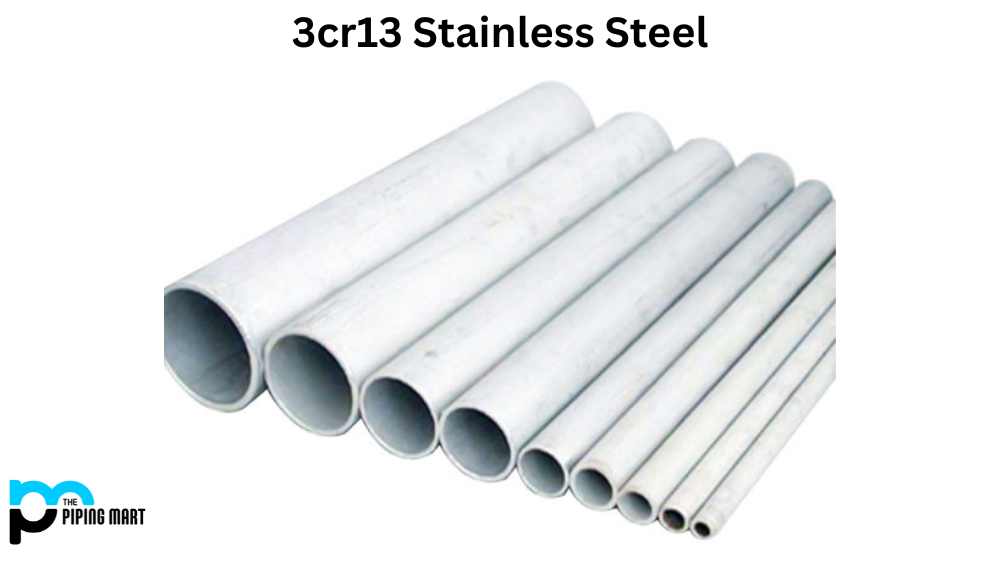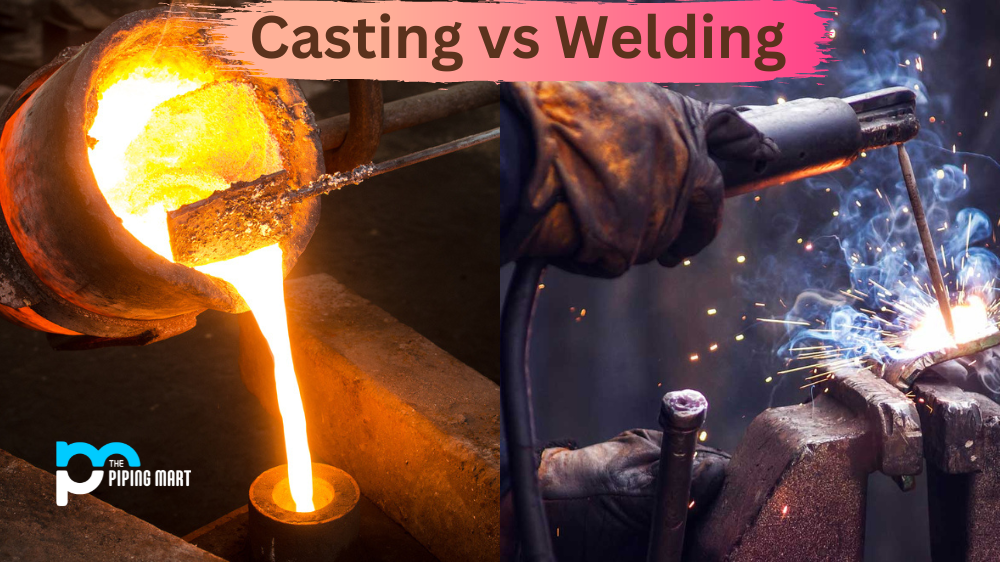ASTM A194 is a standard specification applied to various high-pressure and high-temperature components, such as nuts, used alongside ASTM A193 bolts. ASTM A194 comes in different grades, including Grade 7 and Grade 7L. These two grades are commonly used in the manufacturing landscape, and it’s important to know their differences to make an informed decision in your next project. This blog post will compare ASTM A194 Grade 7 to Grade 7L, considering their different features, sizes, materials, and uses.
Difference Between ASTM A194 Grade 7 and 7L
Sizes and Materials
ASTM A194 Grade 7 is a standard-grade material composed of carbon, chromium, and molybdenum. The material is 5/8 to 1 1/2 inches and is heat-treated to achieve the right tensile strength and hardness. Grade 7 suits ASTM A193 Grade B7 bolts but is not recommended for low-temperature applications. On the other hand, ASTM A194 Grade 7L is made of the same material as Grade 7 but has a lower carbon percentage and higher manganese content, making it more ductile and shock-resistant than Grade 7. Grade 7L is also available in a wider range of sizes (1/4 to 4 inches), making it more versatile than Grade 7.
Tensile Strength and Hardness
ASTM A194 Grade 7 has a minimum tensile strength of 125 ksi and a minimum hardness of 321 HB or 35 HRC. It is designed to withstand high-pressure and high-temperature environments. Meanwhile, ASTM A194 Grade 7L has a minimum tensile strength of 105 ksi and a minimum hardness of 229 HB or 23 HRC. Compared to Grade 7, Grade 7L is less hard but has higher flexibility and impact resistance. The difference in hardness and tensile strength affects each grade’s ability to resist corrosion, oxidation, and wear and tear in different environments.
Applications and Uses
ASTM A194 Grade 7 and Grade 7L share some common applications, such as petrochemical and oil refineries, chemical processing, power plant construction, and water treatment facilities. However, Grade 7 is commonly used in high-temperature environments where high strength and hardness are essential, such as boilers, pressure vessels, and heat exchangers. On the other hand, Grade 7L is ideal for low-temperature applications where flexibility and toughness are more critical, such as cryogenic and refrigeration services. Grade 7L is also suitable for vibration or impact loads, making it a better option for heavy-duty equipment or machinery.
Cost and Availability
Another factor to consider is the cost and availability of ASTM A194 Grade 7 and Grade 7L. Due to its higher grade quality, Grade 7 tends to be more expensive and less readily available than Grade 7L. However, if your project requires Grade 7 specifications, it’s worth investing in the right materials to ensure proper performance and durability. On the other hand, Grade 7L may be a more cost-effective option for applications that don’t require high hardness or tensile strength but demand good impact resistance and shock absorption.
Conclusion
In conclusion, selecting the right material for your high-pressure and high-temperature applications is crucial for optimal performance and durability. When comparing ASTM A194 Grade 7 and Grade 7L, there are noticeable differences in sizes, materials, tensile strength, hardness, applications, and cost. Grade 7 is ideal for high-temperature environments where hardness and strength are vital, while Grade 7L is more suited for low-temperature applications that need flexibility and impact resistance. Both materials have their strengths and limitations, so it’s essential to consult with a reputable supplier to determine the best option for your specific project requirements.

Hey, I’m Krutik, a casual blogger expert in the metal industry. I am passionate about providing valuable information to my readers. With a background in engineering and construction, I like playing Cricket & watching Netflix shows in my free time. Thank you for visiting my blog, and I hope you find my information helpful!




